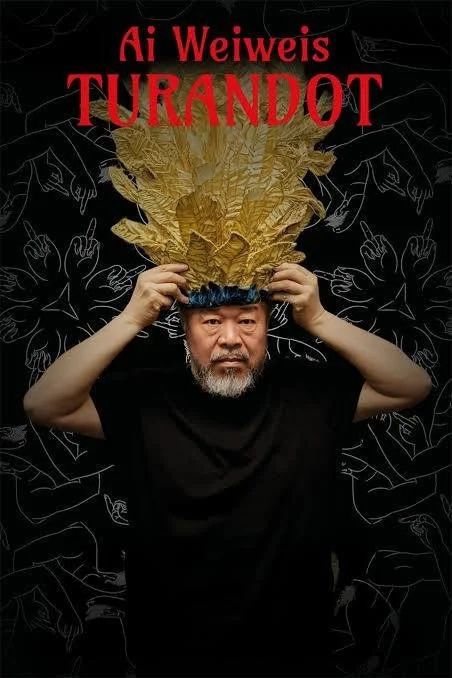Patrick Hughes held his first solo show in 1961 at the Portal Gallery, London. It was the first one-man show by a Pop Artist, though they were not even called that then. Three and four years later, Hughes made two seminal reverse perspective works, Infinity and Sticking-out Room. But in the 1970s Hughes’ name became synonymous with rainbow paintings, which also became very popular as prints and as postcards; people enjoyed them as decoration, but for Hughes the rainbow represented a solidified experience.
In the late 1980s Hughes revisited exploiting the difference between perspective and reverspective and making space, frozen but mobile. For the last 25 years his 3-D reverspective paintings have been hughesually in demand, exhibited around the world and featured in many public collections. The experience of seeing a Patrick Hughes sculptured painting in reality is really to experience unreality and the paradox of illusory space and movement. @patrickhughesartist
Where were you born and raised? How did it influence your art and your thinking about the world? I was born in Birmingham England when the Second World War started, so I was moved to my grandparents' house in Crewe, Cheshire, until the war was over, then I was brought up in London suburbia and then Hull in Yorkshire, because my father embezzled some money from his employer and we had to move. I noticed that things looked different when you move.
When did you first fall in love with art and realize you wanted to be an artist? For you, what is the importance of the arts? I enjoyed being taught about art at Hull Grammar School by IDH Fothergill in the 1950s, who taught us that Picasso was OK and that modern art was the thing. When I went to study to be a teacher at Leeds Day Training College I wrote about such outre writers as Kafka and Ionesco and Morgenstern that I was sent to study art at college, rather than English literature.I
What does your typical day in the studio look like? Walk us through your studio and your most used materials and tools. I come down from my flat above the studio at about 7am to get ready for the arrival at 8am of my 5-10 assistants. I get the teas ready and look at my emails. From 9-4 I try to think of ideas in my sketch book and watch what is being made on the computer by Kirsty, in wood by Wayne, and is being painted by Justin, Ionna, Irrum, Kelly, Ian, and Lif. I attend to the work also of Karen, Lorella, and Jay.
What projects are you at work on at the moment? What themes or ideas are currently driving your work? I do not have any projects, I simply make works to be seen in exhibitions in Europe or the USA. For the last five years I have been developing my Solid Hollows, which are made in reverse perspective and hang alone on the wall. My two endeavours are to find and make new shapes, and to find and make new imagery to go on the shapes.
How do you think about the viewer’s experience? What are you trying to express? I hope people wonder why it is that my work seems to move when it does not move, it is the seer who moves and transfers their movement on to the art. I am expressing my understanding that reality is paradoxical, that change is the essence of life, so that the viewer will notice that their experience in front of my art will relate to their experience of overall reality. We create illusions and take them for life.
You’ve met and corresponded with some remarkable artists over the years. Which artists, historic or contemporary, would you like to meet?
I would have liked to have met Paul Klee, Rene Magritte, and MC Escher. I have met Marcel Duchamp and Man Ray, and interviewed Meret Oppenheim and Marcel Marien, surrealist artists are my special interest.
You’ve often explored the science of perception in parallel to your visual work. Are there particular thinkers, texts, or fields outside of the visual arts that continue to shape how you work?
I do not draw inspiration from music. I am inspired by the work of those artists mentioned above. I am also intrigued by the science of perception and I have read widely and participated in work and discussions with several scientists for some time, this is an ongoing study.
A great thing about living in London is…
I like the theatre in London, and the newspapers and TV and magazines, and the bookshops. And the people.
Tell us about important teachers/mentors/collaborators. How did these relationships shape your thinking or your practice? When I was a student for two years my teachers Muriel Atkinson and John Jones were very tolerant of my original work. When I was teaching myself I learnt from Robin Page and George Brecht and Anthony Earnshaw. I have learnt from my friendships with Les Coleman and Nancy Fouts and Marcel Marien.
You’ve worked closely with technology and perceptual science. With AI changing how we see and make images, what do you think still defines human-made art? What matters most now in the act of making? I believe we can use AI to help our creative process. Human art is incisive and revelatory, unlike the production of machines.
Exploring ideas, art, and the creative process connects me to…the scientific community who are examining the way we perceive reality.





















































































